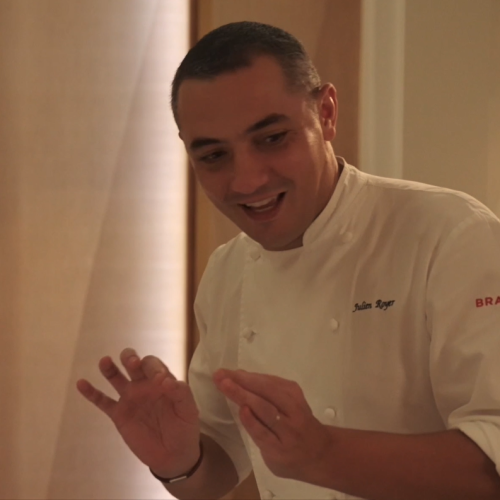最新文章

Newly Awarded One Michelin Star – Wang Yong and Friends’ Spring
Hangzhou Michelin announced today that Wang Yong, the chef at Hangzhou Four Seasons Jinsha Restaurant has been awarded one Michelin star. Hangzhou Michelin has a total of 6-star restaurants, with all have been awarded one star. Looking back to my visit to Hangzhou in early April, I had the opportunity to visit Jin Sha, where one can savour the expertise of Chef Wang Yong inShanghainese and Zhejiang cuisine. In addition to seasonal menus that change every year, there is also a bespoke Chef’s Private Menu that’s designed to reflect culinary insights and inspirations Chef Wang has gained from travelling in search of exotic cuisines and global flavours.
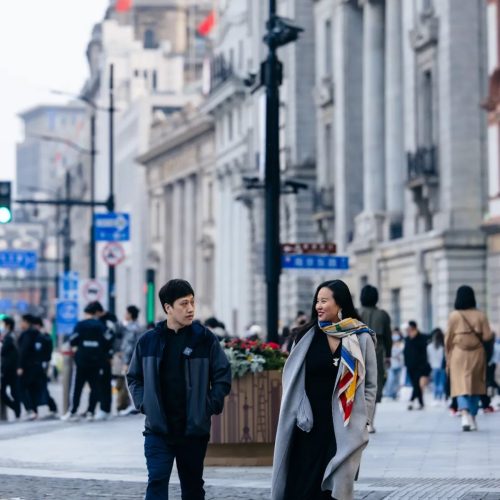
Quick Q&A with Shanghai 102 Chef after being awarded two stars
Chef Xu Jingye showcases understated elegance of Cantonese cuisine in every dish at 102 House, which, within just one year of its establishment in Shanghai, was awarded two Michelin stars, making a remarkable debut. But Michelin is both pressure and motivation. This year, the spring menu demonstrates even greater stability with precise execution and graceful flavouring.
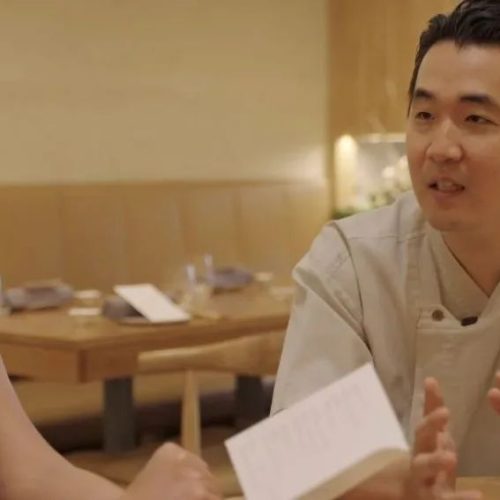
Singapore NAE:UM: Korean Menu Interprets Pure Deliciousness
For this spring/summer menu, Chef Louis Han stages a theme of Front Yard Barbecue, built on the fondest of memories from his barbecue gatherings back home. Think hot and plump grilled meats, fresh and succulent vegetables and a colourful array of side dishes. Wouldn’t it be hard not to fall in love with all that deliciousness?
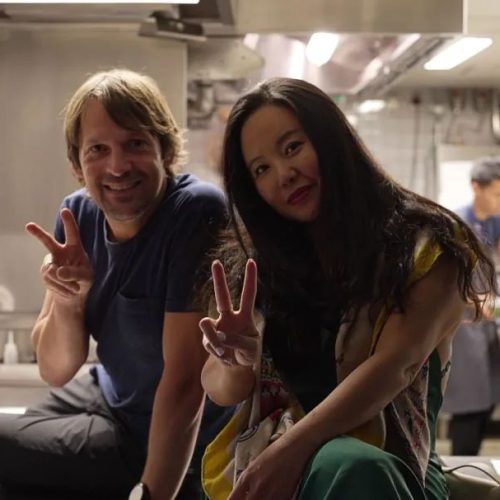
Noma Kyoto Speaks of The City’s Time-honoured Elegance
It’s been a few years since I wrote about Noma again, and I’ve really thought it through. The new Noma 2.0 cookbook contains dishes spanning two seasons, evoking memories of the past. As it has for years, the restaurant explores the possibilities of a full range of ingredients, presenting the best of them conveyed through an unimaginably elaborate process that is both wild and traditional, unpretentious but time-consuming. In the spirit of Noma 2.0, the Kyoto pop-up pays true homage to the city’s profound history and diverse culture, with local approach in ingredient selection, preparation and presentation.
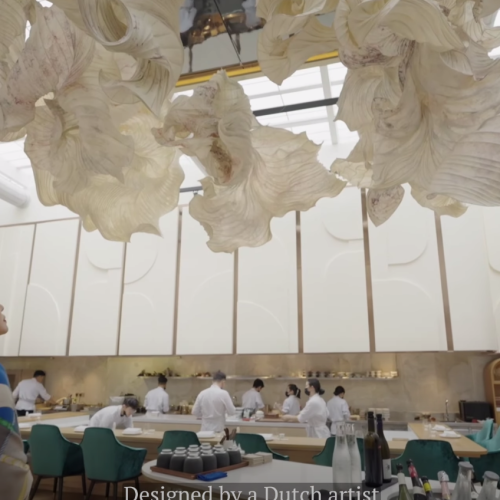
Restaurant Born: New Chinese Cuisine Inspired By French Flair
In Singapore, Restaurant Born has been ranked among the Asia’s 50 Best Restaurants for its first entry in less than one year after opening. Chef Zor Tan is a great mentee of André Chiang and is well versed in the knowledge, flavours and techniques of both French and Chinese cuisines. He brings to life the characteristics of both cuisines in his own way and tasting his food is like appreciating a beautiful play.
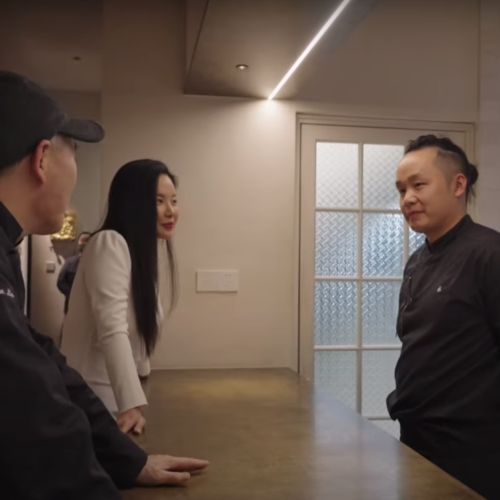
Sichuan Cuisine: Yong and Its Soul-stirring Chinese Aesthetic
Yong’s cuisine is based on a variety of soups with highlights of charcoal grilling. Chinese flavours, or more specifically Sichuan flavours, are the charming mainstay but techniques like deep-frying and grilling bring a touch of Japanese kaiseki.
Were we in Guangzhou or Chengdu? I almost couldn’t tell. Here, I see the meaning of heritage. After a hundred years, Yong has restored this historical building to its natural patina and past glory.
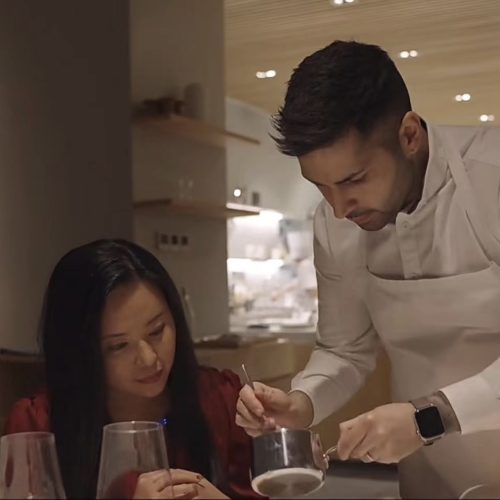
The Poem of Food: Refer is Empowering Beijing’s Culinary Scene
Refer has all the qualities of a top-notch restaurant. With competence and confidence, Chef has insisted on doing a trifold menu that encompasses a vast range of ingredients, but each dish is dealt with utmost care and exquisite technique. The ability to combine perceptions, cooking skills and the art of plating with subtlety and elegance requires meticulous craftsmanship.
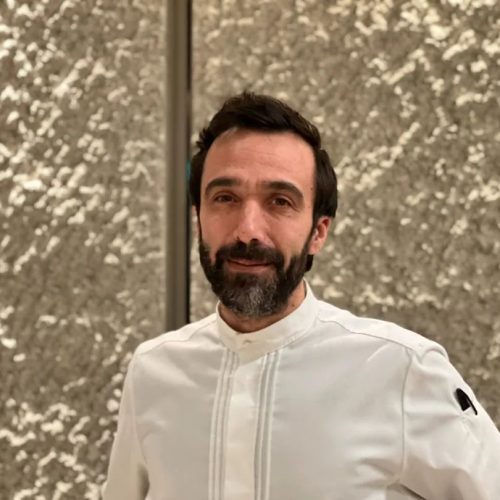
Japanese-inspired French cuisine: A Talk with Lionel Beccat at Esquisse
Esquisse, meaning “sketch” in French, is more than a name. An artistic theme runs throughout Esquisse, from the bright and airy decor through to the elegant presentation that seems to bear the poetic come and go of things. Opened in Tokyo’s luxury Ginza district in 2012, Esquisse was awarded two Michelin stars five months after opening. Deeply influenced by Japanese philosophy, Lionel Beccat’s cooking is about changing the way of thinking and creative growth, leaving guests to define his dishes. For me, Esquisse is undoubtedly one of the iconic restaurants to visit in Tokyo.
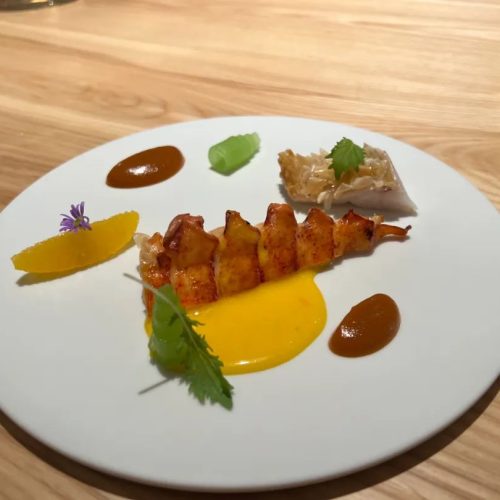
JL STUDIO: Splashing Delicious Southeast Asian Colours
At the Michelin two-starred modern Singaporean restaurant JL STUDIO in Taichung, Singaporean Chef Jimmy Lim Tyan Yaw has re-imagined traditional South-East Asian cuisine with unique flair and a deep desire. Having been refining his approach to traditional cuisine, Jimmy’s colourful but unconventional dishes are a delightful departure from cooking’s new minimalism.




